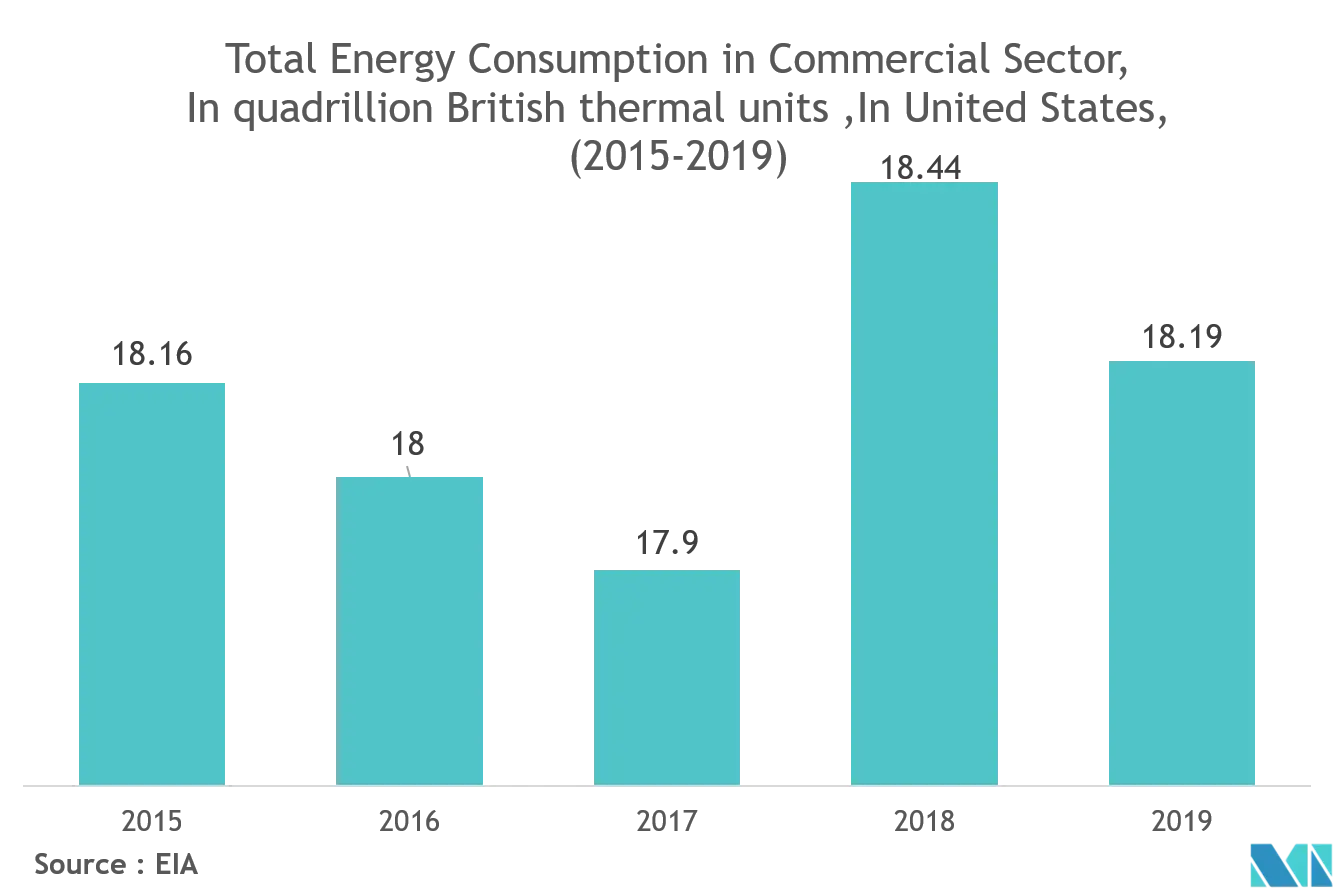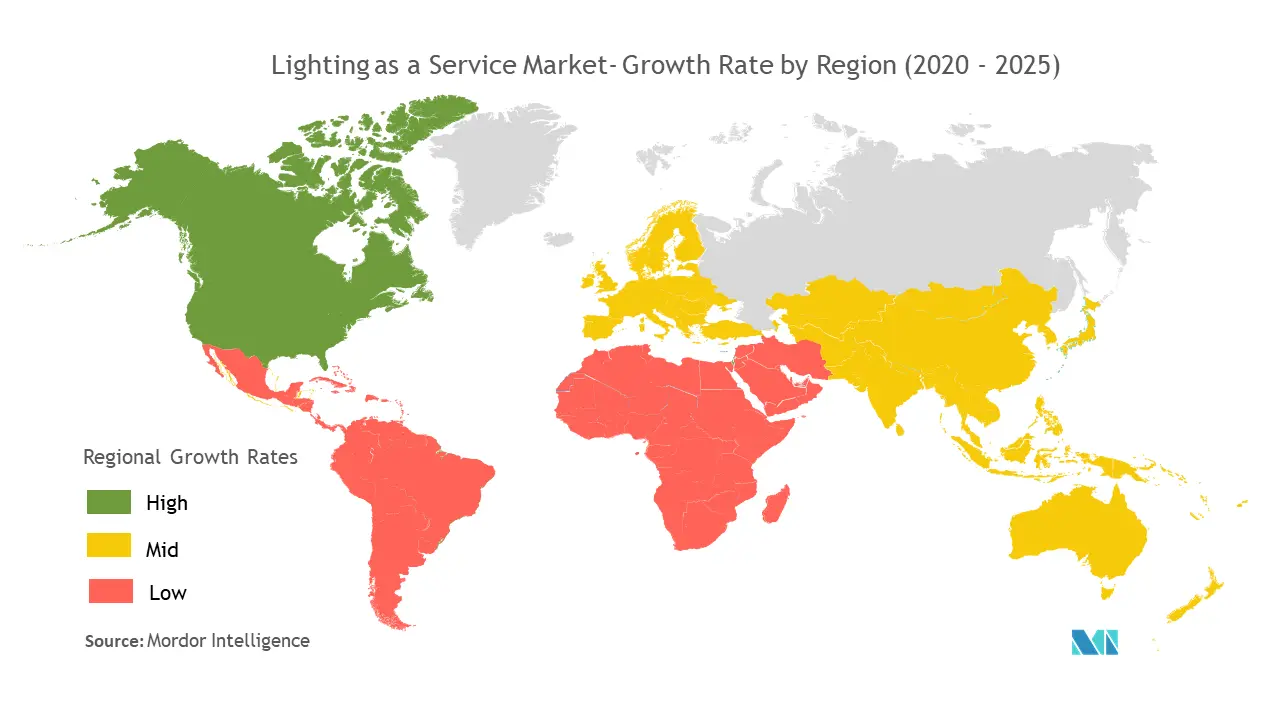Market Trends of Lighting as a Service Industry
This section covers the major market trends shaping the Lighting as a Service Market according to our research experts:
Commercial Segment to Dominate the Market
- The commercial segment includes the space used for commercial activities like office, stores, institutions, hospitals, etc., primarily those spaces that are not residential, industrial, or manufacturing. Compared to other types of Lighting, commercial Lighting tends to have a higher initial cost, longer lifespan, better durability, higher maintenance and service costs, and better energy-saving options. Commercial activity is one of the key tangible barometers to track the health of the economy of a region or a country.
- With increasing electricity consumption, various commercial spaces adopt Lighting as a Service (LaaS) model, in which the owner pays for the light rather than the equipment that delivers it. The owner buys Lighting on a subscription basis over an agreement that offers LED technology lighting with maintenance service.
- The energy savings and cost reductions offered by Lighting as a service (LaaS) constitute an attractive offer for commercial end-users because of the growing corporate focus on sustainability and energy efficiency. Overall cost reductions accelerate the widespread adoption of LaaS by numerous commercial organizations. For instance, using LED retrofits in various commercial application cases in the US showed a potential result. For instance, in Building Exterior Lighting, the result reflected a 63% reduction in energy cost.
- However, COVID-19 has affected the construction of new commercial buildings. For instance, According to the Bank Pekao SA, Of all types of buildings, only commercial buildings, e.g., office buildings, have seen their production fall by 20% year-on-year in Poland. Additionally, with the implementation of work-from-home policies across the globe, it is expected that these instances would hamper the market growth in the shorter run.

North America to Dominate the Market
- North America includes 23 countries, with a cumulative GDP of around USD 24.98 trillion in 2019. The major country with significant development in electricity consumption in the region is the United States, which is adopting various plans to increase the efficiency of the lighting system in the country.
- During 2019, the Trump administration announced its plans to use much more energy-efficient light bulbs to reduce the energy consumption rate and to help in controlling carbon emission that primarily gets generated in the United States from natural gas-powered plants for electricity generation. As per the plan, all light bulbs sold in the United States must be either LED or fluorescent to meet energy standards.
- Among various projects in the region, Bristol-Myers Squibb in Lawrenceville is one of the prominent efficient lighting projects that include lighting renovation work for office space of 275 thousand square feet. The project used a distributed relay control system and vacancy sensors to harvest daylight in all areas and reduce the space's energy consumption.
- Apart from the United States, Canada is another prominent country in the region, concentrating on electricity conservation and is implementing various lighting standards and service projects. Thus, with the growing implementation of the service with various standards in the region, it is expected the market in the near future.
- With a strong footprint across North America and diverse capabilities, including comprehensive multi-site installations, real-time energy monitoring and analytics, and networked light management systems, it is possible to penetrate the multi-billion lighting market. For instance, Canadian cities are continually promoting smart LED lights to increase energy efficiency, thus encouraging market growth.


